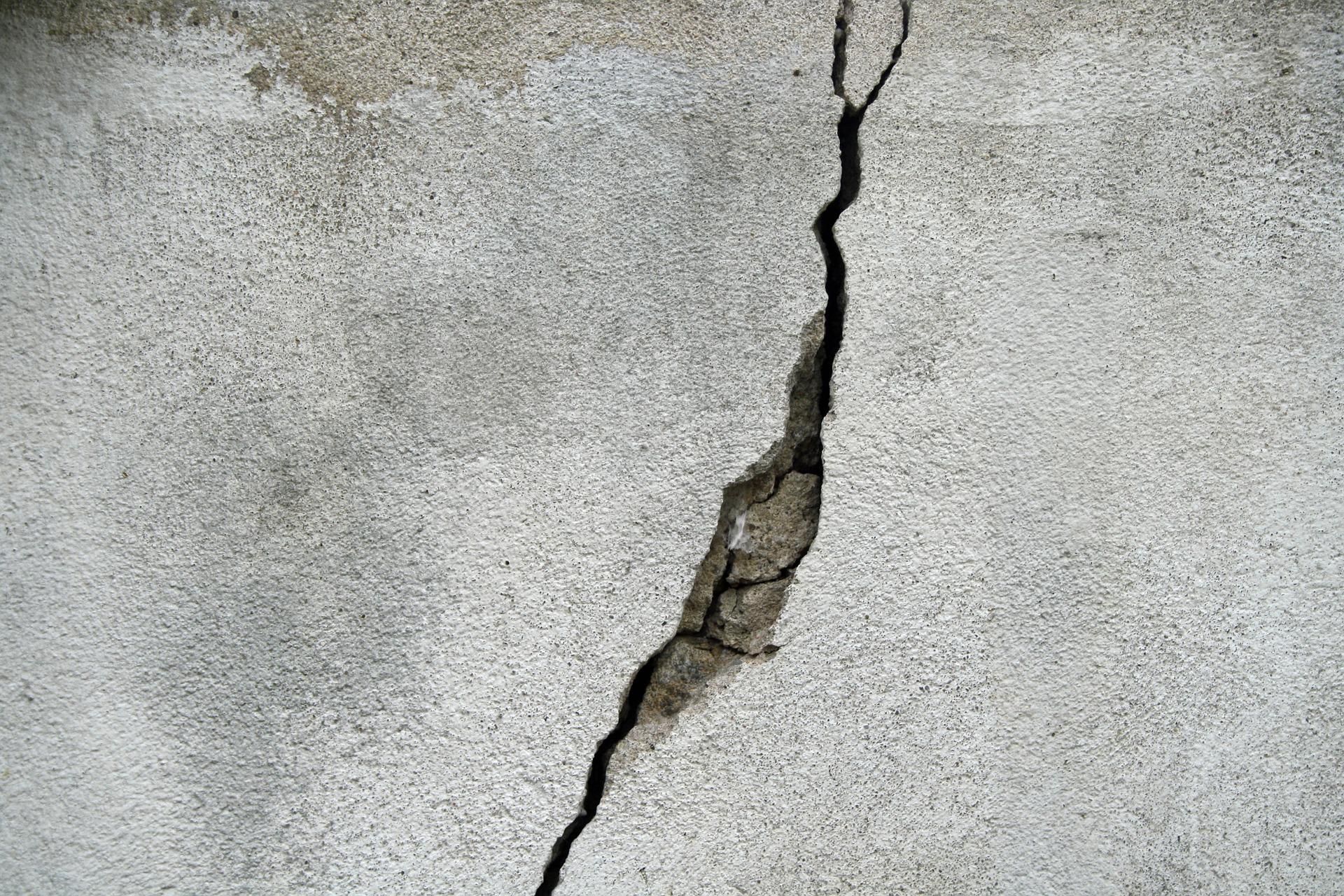
Everything you need to know about subsidence
Subsidence can cost homeowners thousands to rectify. For large, older buildings, this number could even reach hundreds of thousands. With such a large cost to fix this issue, it’s definitely best if you learn to spot the signs early and get it fixed before it becomes a major problem.
What is Subsidence?
Subsidence is when the ground underneath your property moves, dropping down and taking your house with it. This is often caused by the weather affecting the ground beneath your property. For example, prolonged dry periods makes earth shrink as it loses moisture. Likewise, plants (most likely trees) can absorb large amounts of water from the ground as well as the roots affecting the integrity of the ground. The opposite, too much water, could also be an issue. This can cause earth to become so soft that it can not support the weight of your house, so your property starts to sink into it. In rare cases this could also be affected by more severe and radical changes, such as from an earthquake or a flood.
What are the signs of subsidence?
To catch subsidence before it gets worse, there are several signs you can look out for.
The first thing to keep an eye out for is cracks. This can sometimes be misleading, as small cracks on internal walls are often harmless, but there are certain cracks that are much better indicators. For example, if you see a diagonal cracks form within your brickwork, this could indicate subsidence on one side of your house.
One obvious sign would be if your floors have started dropping or sloping. You could notice this via several visual clues, although you tend to notice when walking in rooms that have a slight slope. One visual clue would be floorboards parting with the floor, revealing a gap. Sloping floors is most likely due to subsidence, although it could also be heave. This is the opposite of subsidence, where the ground swells up. It could be difficult to tell the difference, as both can cause similar visual effects.
Another sign would be doors and windows coming out of alignment. Early signs of this would be if they start to jam or rub where they didn’t previously. As they become more misaligned, you may start to notice this visually, although it’s best if you can catch it before this happens.
Finally, there can also be clues outside of your home. Sunken ground around your property could indicate that the ground closer to the building is also being affected. You can notice this via divots in paths and roads. Water sitting in spots rather than draining away is an early sign of these forming.
How to prevent subsidence
To reduce the risk of subsidence, you should avoid planting trees too close to your home, as their roots can draw moisture from clay soil causing the ground under your property to then move. It will also depend on the species of tree as to how far way you’ll need to plant them. If you do intend to plant or remove any trees, then it’s worth getting the advice of a tree surgeon or specialist to ensure the work won’t adversely affect the foundations of your house.
Conversely, it’s also important to make sure that too much water isn’t leaking into the soil around your home. It is imperative to keep a close eye on your property’s drainage system, maintaining gutters, pipes and plumbing and to repair any issues with them as soon as they arise.
How to fix subsidence
Fixing subsidence will require a surveyor to inspect the issue and come up with the most cost-effective solution. There are two main solutions that are normally used. The first is a process known as underpinning. Essentially this requires the property to be raised up and having more concrete added to the foundations. Depending on the size of the project, this can be quite a long and expensive process.
The second, and usually less disruptive method, is to fix subsidence with resin injections. Holes are holes drilled into the ground at specific points, which are then injected with the resin. This elevates the house back to the correct position as the resin expands and fills the gaps underneath the foundations. It also compresses the soil around it to create a more solid surface.
Both of these methods are effective. However, it depends on the scale of the subsidence issue as to which process would be the most suitable.
Contact Us
For more information on how Munday + Cramer can help you with preventing or treating subsidence, or if you would like to find out more about our architectural services, operating in Essex, London, Kent, Norfolk and Suffolk, then get in touch! Contact Munday + Cramer today on 01245 326 200.